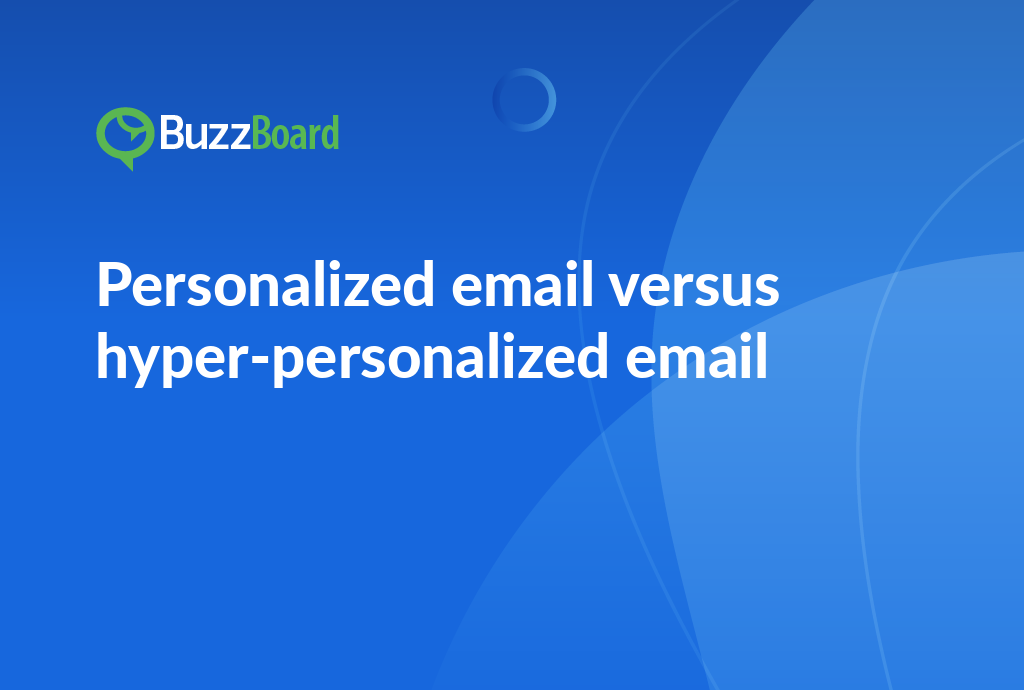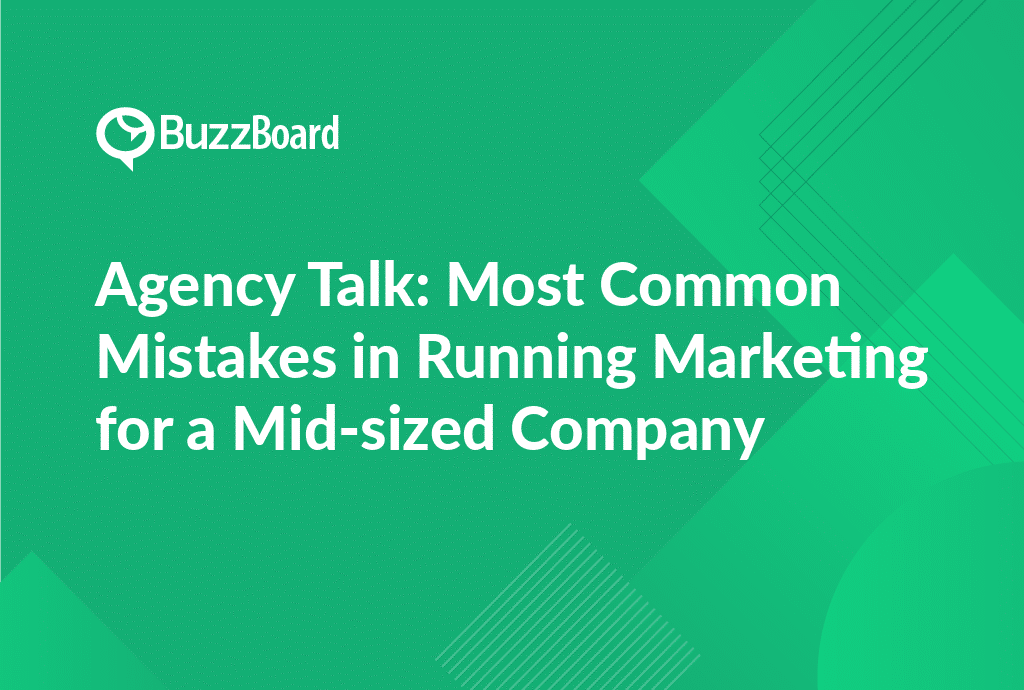Understanding the Term ‘Mobile-First Indexing’ and Its Impact on Mid-Sized Companies
The world has rapidly transitioned towards a strong digital environment, with a majority of internet users now exploring the web on their mobile devices. This transition has led to a significant change in Google’s ranking algorithm, commonly referred to as ‘mobile-first indexing.’ It’s crucial for digital marketing agencies to understand this term and appreciate its impact on mid-sized companies they serve.
Mobile-first indexing is straightforward: it means Google primarily takes into account the mobile version of a webpage for indexing and ranking. Historically, the desktop version of a page was the primary source, but due to the dramatic increase in mobile users over the years, Google shifted to mobile-first indexing in March 2018.
The concept of mobile-friendliness has transformed from a ‘nice-to-have’ to a ‘must-have’ for mid-sized companies. Thanks to mobile-first indexing, having a website that is not mobile-friendly can risk a company’s online visibility. For agencies, it’s not about convincing clients of the importance of having a mobile-friendly website; it’s about ensuring the mobile version of their site is ready for Google’s indexing process.
The emphasis on mobile-friendliness and website design has become pivotal in the marketing strategies of mid-sized companies. All businesses with an online presence must now adapt to the mobile-first indexing update to maintain or enhance their ranking on the Google Search Engine Result Pages (SERPs). By doing so, these companies can fortify their brand’s position in the marketplace, create a seamless customer journey, and ultimately, increase online conversions.
For digital marketing agencies, this presents a prime opportunity to provide necessary web development services, creating and optimizing mobile-friendly websites. Agencies can guide mid-sized companies towards solutions that ensure their online platform is optimized for Google’s mobile-first indexing.
Every change brings new opportunities for growth. Agencies should capitalize on this opportunity to guide and support their clients in leveraging mobile SEO to keep their online businesses ahead in SERP rankings.
For detailed information on mobile-first indexing, check out Google’s developer guidelines on Mobile-First Indexing. This resource is an excellent starting point to gain a deeper understanding and ensure your client’s websites are prepared to tackle these changes.
How Mobile-First Indexing Is Influencing the Digital Marketing Landscape for Mid-Sized Companies
The rise of smartphones and the convenience they afford have sparked a fundamental shift in business marketing strategies. Mobile has assumed a central role, particularly as Google’s mobile-first indexing begins to shape the digital marketing landscape for mid-sized companies.
Mobile-first indexing signifies that Google primarily uses a website’s mobile version for indexing and ranking. Consequently, mid-sized companies must ensure their websites are mobile-friendly and that their marketing strategies prioritize mobile optimization.
Mobile friendliness is a critical factor impacting user experience. For mid-sized companies marketing their products and services, optimizing website design for mobile use is no longer a luxury but a necessity. A subpar mobile user experience can cause potential customers to abandon the website and negatively affect the company’s ranking on Google’s search engine results page (SERP).
As digital marketers, it’s essential to communicate to our clients the impact of mobile-first indexing on their online visibility. Every marketing strategy, whether it’s local SEO, social media advertising, or content marketing, should be evaluated and optimized for mobile usage.
Digital marketing agencies need to incorporate mobile-first indexing into their core services to help mid-sized businesses navigate its complexities. By doing so, they not only enhance the user experience but also give these business enterprises a fair shot at thriving in this intensely competitive digital landscape.
If you are a digital marketing agency seeking assistance to align your services with the mobile-first indexing trend, explore our suite of services designed to propel you to success in a mobile-first world.
Importance of Website Design and Mobile Friendliness for Mid-Sized Companies in the Era of Mobile-First Indexing
As a professional in business management, understanding the impact of technology in today’s business world is crucial, especially in terms of website design and mobile friendliness for mid-sized companies. With a growing dependence on digital platforms, the focus has significantly shifted towards a mobile-first approach, necessitating a complete overhaul in marketing strategies for mid-sized companies.
Mobile friendliness is not simply a trend; it’s an essential driven by the increasing number of mobile users. According to Statista, by 2025 approximately 72.6% of internet users will exclusively use smartphones to access online content. Therefore, prioritizing mobile-friendliness in digital marketing strategies is a must for businesses.
Many mid-sized companies lack the resources of larger corporations in every department, including marketing and IT. Due to these constraints, strategizing their efforts effectively to compete initially is imperative. Prioritizing mobile-friendly website design is a cost-effective method to reach a broader audience, enhance visibility, and strengthen customer engagement.
Not only visibility, but Google’s shift toward mobile-first indexing also makes mobile-friendliness a critical part of search engine optimization. Google primarily uses the mobile version of a website for indexing and ranking, meaning a mobile-friendly website can significantly enhance a business’s online presence and organic search rankings, increasing visibility for mid-sized companies amongst their larger counterparts.
Website design is not simply about aesthetics. It’s about providing users with a seamless experience, regardless of the device they are using. This calls for strategic placement of calls-to-action, ensuring fast load times, and delivering clear, easily comprehensible information.
As a digital marketing agency, guiding mid-sized companies on website design and mobile friendliness is extremely important. By offering compelling and valuable services, these businesses can navigate effectively in the digital world, improving their competitiveness, visibility, and customer engagement.
The term ‘mobile-first’ is not just a catchphrase; it’s the future. Together, we can leverage the power of mobile technology to help mid-sized companies grow in this era of mobile-first indexing.
Mobile-First: A New Imperative in the Marketing Strategies of Mid-Sized Companies
In the fast-paced world of digital marketing, agencies must stay abreast of critical shifts and marketing imperatives. One of these is the growing importance of mobile-first strategies for midsize companies. With an increasing consumer reliance on mobile devices for information, the significance of mobile-friendliness in website design cannot be overstated.
Let’s fundamentally understand the term ‘mobile-first’. Essentially, it refers to a design principle in which a website or application is designed for the mobile platform before considering a desktop version. The reason behind this concept is straightforward: mobile usage continues to dominate internet traffic.
Small to midsize companies need to reevaluate their website design paradigm and shift toward a mobile-first approach. This strategy doesn’t just enhance the user experience; it also bolsters their SEO performance. Various Google algorithms have been favoring mobile-friendly websites, underlining their importance in the marketplace.
A winning formula for midsize companies in mobile-first marketing involves creating cross-platform strategies. This approach leverages mobile device usage patterns, demographic information, and behaviors. Such a confluence can enhance consumer engagement, improve customer satisfaction, and ultimately, boost the bottom line.
As a digital marketing agency serving small businesses, understanding this shift toward mobile-first design will help you better cater to your clients’ needs. You can build a compelling case for a mobile-first approach by showing midsize companies the increasing statistics on mobile users and mobile internet traffic.
Engage in meaningful dialogues about mobile-friendliness and website design. Position yourself to recommend tailored mobile-first marketing strategies, a move that will generate value for midsize companies and exemplify your agency’s forward-thinking philosophy.
Step-by-Step Preparation Guide for Mid-Sized Companies to Effectively Maneuver Mobile-First Indexing
As a digital marketing agency striving to enhance your engagement with mid-sized companies, understanding mobile-first indexing and its impact is crucial. Google ranks websites based on their mobile-friendliness, risking mid-sized companies’ marketing efforts if they are unprepared for this shift. In an era of rising smartphone use, it’s essential for businesses to adjust their website design strategies to adhere to this growing trend.
Mobile-first indexing prioritizes mobile-friendly websites, taking into account both user experience and accessibility when determining search engine ranking. A website that isn’t optimized for mobile use is likely to experience a drop in search engine rankings, risking the loss of valuable internet traffic.
The initial step towards preparedness involves conducting a mobile-friendly test using Google’s mobile-friendly testing tool. This tool provides insights into how Google’s ‘bots’ view your client’s website’s mobile-friendliness. A negative result indicates it’s time for crucial changes.
Next, confirm the website is responsive, i.e., it offers an equally efficient user experience irrespective of the device being used. For mobile users, this translates to easy navigation, streamlined content, and quick load times. Here, Google’s accelerated mobile pages (AMP) can prove advantageous, optimizing mobile content and ensuring faster load times.
Furthermore, meticulously monitor performance and rankings. Google Search Console is an invaluable tool for tracking mobile usability issues, enabling you to spot and address any problems that might impact mobile rankings.
Bear in mind, enhancing mobile-friendliness is not solely about indexing; it also implies ensuring an exceptional experience for all users, a key element of modern business.
Your job as a digital marketing agency is to nudge these mid-sized companies towards adopting a mobile-first strategy, arming them with the best practices and tools to achieve this.
Assist your clients in navigating the transition to mobile-friendly marketing, with the ultimate goal being higher rankings, increased traffic, and an improved user experience.









